Abstract
Objectives
This article aims to describe the development of smartphone application for the case management of patients with schizophrenia.
Methods
Gwangju Bukgu-Community Mental Health Center developed and launched a smartphone application (HYM) for cognitive-behavioral case management and symptom monitoring. The development of the application involved psychiatrists, nurses, social workers, psychologists, and software technicians from a software development company (Goosl Corp.).
Results
The HYM application for clients includes six main modules including Thought record, Symptom record, Daily life record, Official notices, Communication, and Scales. The key module is the ‘Thought Record’ for self-directed cognitive-behav-ioral treatment (CBT). When the client writes and sends the self-CBT sheet to the case manager, the latter receives a notification and can provide feedback in real time. ‘Communication’ and ‘Official notices’ are useful for promoting communication between case managers and clients with schizophrenia. Ratings in ‘Symptom record’, ‘Daily life record’, and ‘Scales’ modules are stored in graphic or table form representing changes in them and shared with case managers.
Conclusion
The interactive function of this application is the key characteristics that distinguishes it from other mobile self-treatment tools. This smartphone application may contribute to the development of a youth- and customer-friendly case management system for individuals with early psychosis.
Go to : 
REFERENCES
1). Poushter J. Smartphone Ownership and Internet Usage Continues to Climb in Emerging Economies [Internet]. Pew Research Center. 2016. [updated 2016 February 22]. Available from:. http://www.pewglobal.org/2016/02/22/smartphone-ownership-and-internet-usage-continues-to-climb-in-emerging-economies/.
2). Thomairy NA, Mummaneni M, Alsalamah S, Moussa N, Cous-tasse A. Use of Smartphones in Hospitals. Health Care Manag (Fred-erick). 2015; 34:297–307.

3). Birchwood M, Todd P, Jackson C. Early intervention in psychosis. The critical period hypothesis. Br J Psychiatry Suppl. 1998; 172:53–59.
4). McGorry PD. The recognition and optimal management of early psychosis: an evidence-based reform. World Psychiatry. 2002; 1:76–83.
5). Nelson B, Philips LJ, Bechdolf A, Francey SM. Cognitive Behav-ioural Case Management (CBCM) for the NEURAPRO-E study. Version 1. Orygen Youth Health: Melbourne;2008.
6). Thompson AD. The PACE Clinic Manual: A Treatment Approach for Young People at Ultra High Risk of Psychosis. Orygen Youth Health: Melbourne;2012.
7). Guille C, Zhao Z, Krystal J, Nichols B, Brady K, Sen S. Web-Based Cognitive Behavioral Therapy Intervention for the Prevention of Suicidal Ideation in Medical Interns: A Randomized Clinical Trial. JAMA Psychiatry. 2015; 72:1192–1198.
8). Beatty L, Koczwara B, Wade T. Evaluating the efficacy of a self-guided Web-based CBT intervention for reducing cancer-distress: a randomised controlled trial. Support Care Cancer. 2016; 24:1043–1051.

9). Gottlieb JD, Romeo KH, Penn DL, Mueser KT, Chiko BP. Web-based cognitive-behavioral therapy for auditory hallucinations in persons with psychosis: a pilot study. Schizophr Res. 2013; 145:82–87.

10). Kingdon DG, Turkington D. Cognitive therapy of schizophrenia. The Guilford Press: New York, US;2004.
11). Naber D, Karow A. Good tolerability equals good results: the patient' s perspective. Eur Neuropsychopharmacol. 2001; 11:S391–396.
12). Kim SW, Shin IS, Kim JM, Yoo JA, Ahn YM, Kwon JS, et al. A validation study of the Korean version of Subjective Well-being under Neuroleptic Treatment Scale-Short Form. Korean J Psychopharmacol. 2007; 18:221–230.
13). Hogan TP, Awad AG, Eastwood R. A self-report scale predictive of drug compliance in schizophrenics: reliability and discriminative validity. Psychol Med. 1983; 13:177–183.

14). Yoon BH, Bahk WM, Lee KU, Hong CH, Ahn JK, Kim MK. Psychometric properties of Korean version of Drug Attitude Invento-ry (KDAI-10). Korean J Psychopharmacol. 2005; 16:480–487.
15). Rosenberg M. Society and the adolescent self-image. Princeton University Press: Princeton, NJ;1965.
16). Jeon B. Self-esteem: a test of its measurability. Yonsei Journal. 1974; 11:107–130.
17). Cohen S, Kamarch T, Mermelstein R. A global measure of perceived stress. J Health Soc Behav. 1983; 24:385–396.

18). Lee J, Shin C, Ko YH, Lim J, Joe SH, Kim S, et al. The Reliability and Validity Studies of the Korean Version of the Perceived Stress Scale. Korean J Psychosom Med. 2012; 20:127–134.
19). Combs DR, Penn DL, Wicher M, Waldheter E. The Ambiguous Intentions Hostility Questionnaire (AIHQ): a new measure for evaluating hostile social-cognitive biases in paranoia. Cogn Neuropsychiatry. 2007; 12:128–143.

20). Chang H, Lee SK, Kim KR, Lee SY, Park JY, Kim EJ, et al. Development of Korean Version of the Ambiguous Intentions Hostility Questionnaire (K-AIHQ). J Korean Neuropsychiatr Assoc. 2009; 48:29–35.
21). Yuii K, Suzuki M, Kurachi M. Stress sensitization in schizophrenia. Ann N Y Acad Sci. 2007; 1113:276–290.

22). McGorry PD, Killackey E, Yung A. Early intervention in psychosis: concepts, evidence and future directions. World Psychiatry. 2008; 7:148–156.

23). Mizrahi R. Social Stress and Psychosis Risk: Common Neuro-chemical Substrates? Neuropsychopharmacology. 2016; 41:666–674.

24). Edwards J, Cocks J, Bott J. Preventive case management in firstepisode psychosis. McGorry PD, Jackson HJ, editors. The recognition and management of early psychosis. A preventive approach. Cambridge: Cambridge University Press;1999.
25). Jain SH, Powers BW, Hawkins JB, Brownstein JS. The digital phe-notype. Nat Biotechnol. 2015; 33:462–463.

26). Peek N, Combi C, Marin R, Bellazzi R. Thirty years of artificial in-telligence in medicine (AIME) conferences: A review of research themes. Artif Intell Med. 2015; 65:61–73.

27). Huxley P, Evans S, Baker C, White J, Philpin S, Onyett S, et al. In-tegration of social care staff within community mental health teams. Final Report. NIHR Service Delivery and Organisation Programme: Southampton;2011.
28). Meldrum L, Yellowlees P. The measurement of a case manager' s workload burden. Aust N Z J Psychiatry. 2000; 34:658–663.
Go to : 
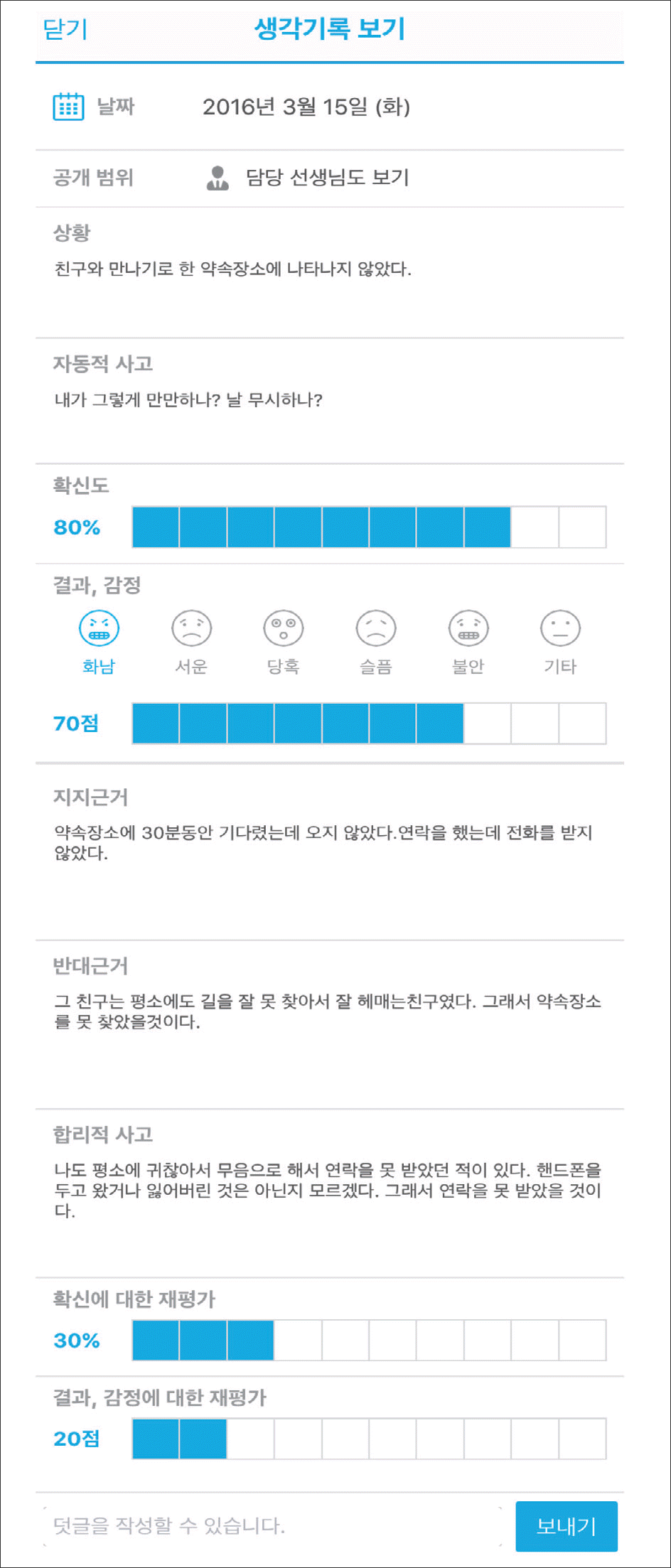 | Fig. 1.Screenshot of Thought Record. When the client writes and sends the self-CBT sheet to the case manager, the latter receives a notification and can provide feedback in real time.
|




 PDF
PDF ePub
ePub Citation
Citation Print
Print


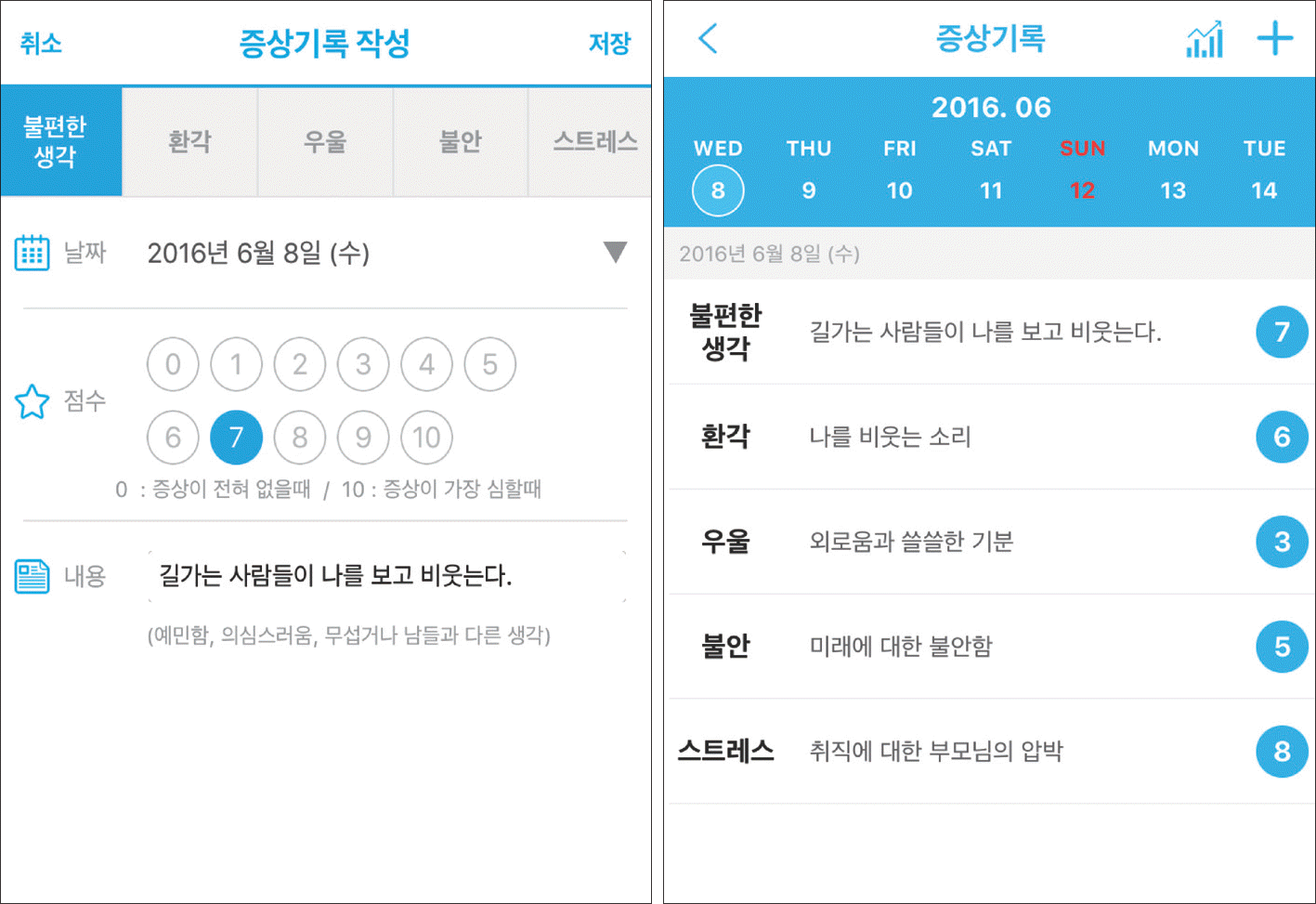
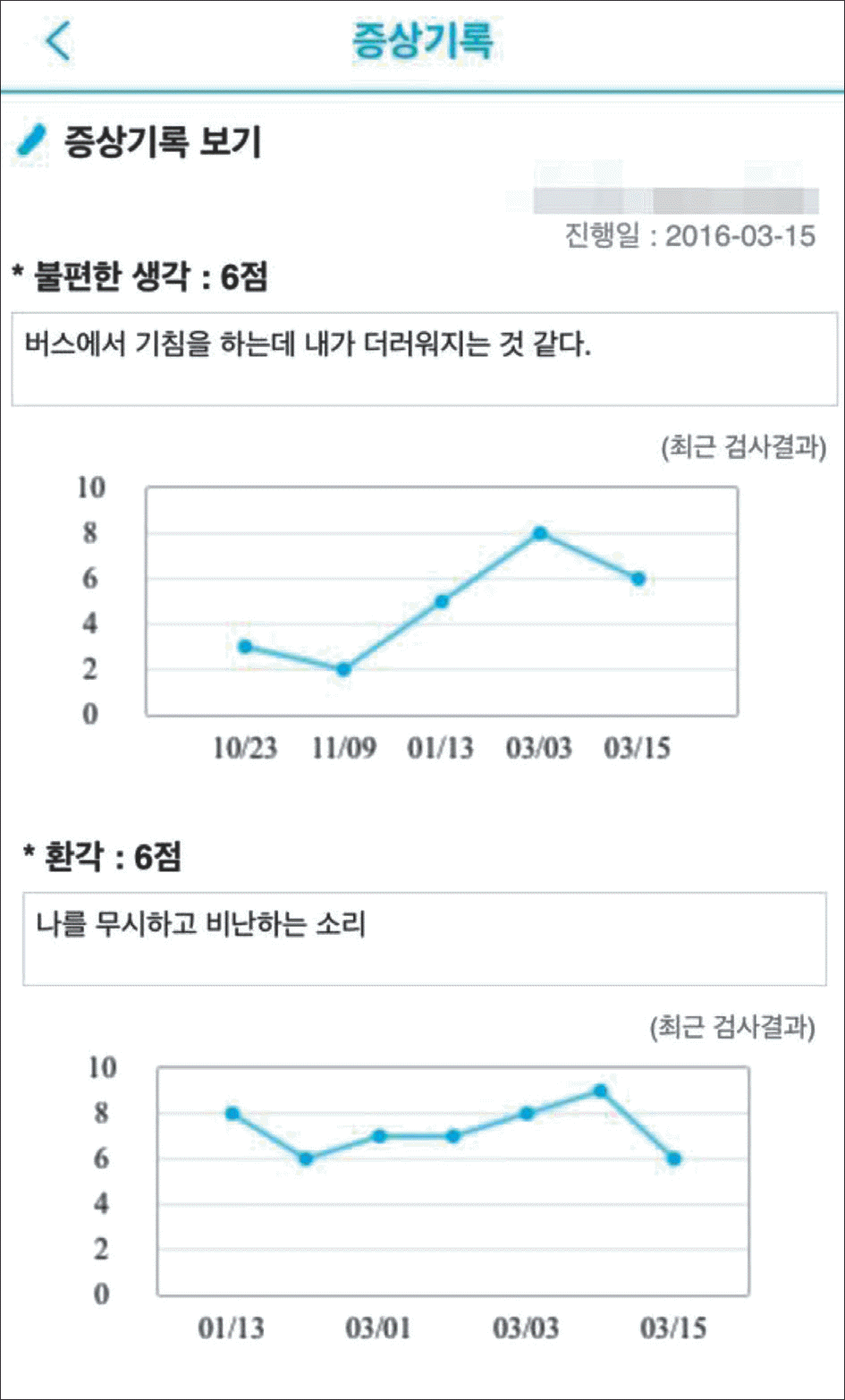
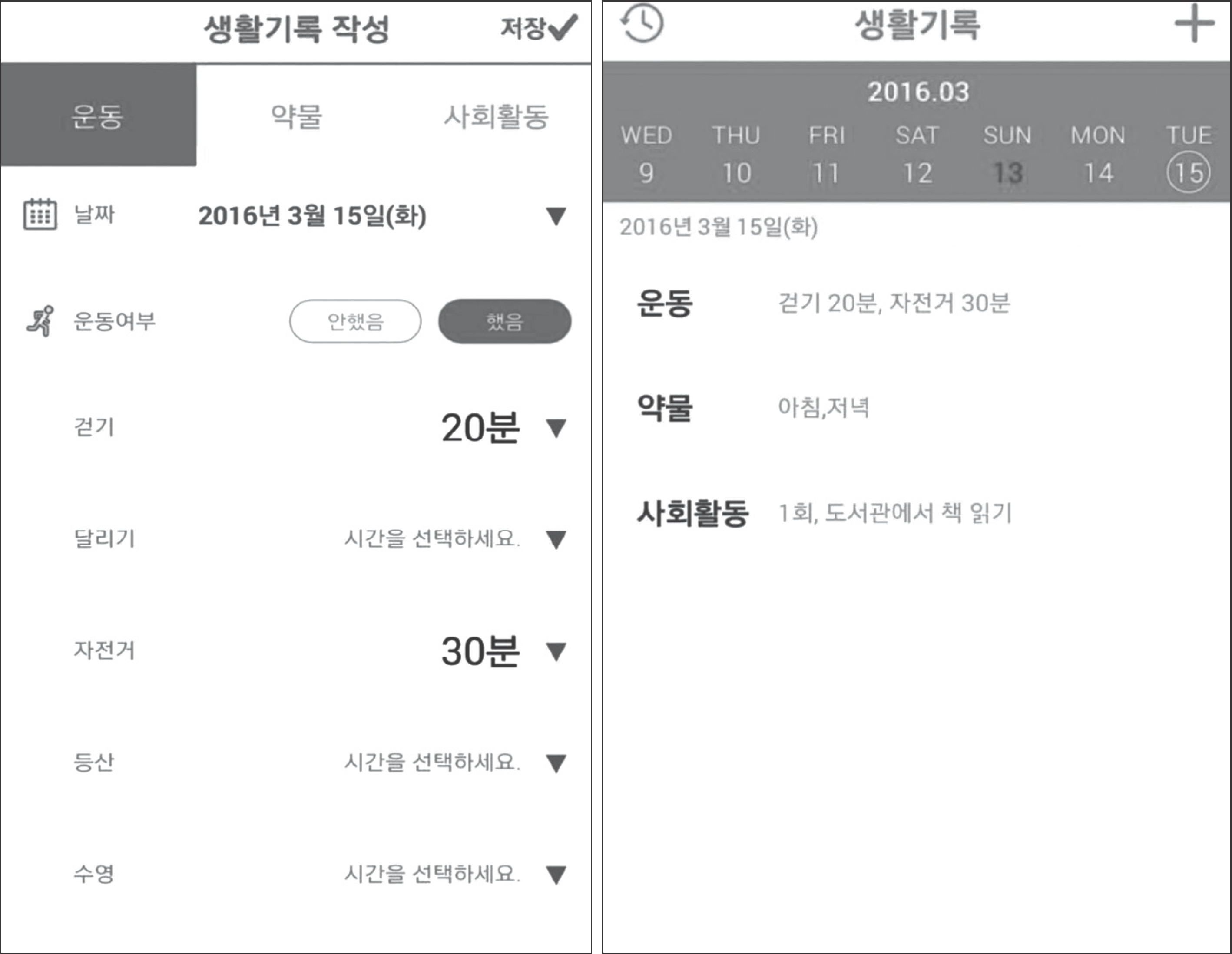
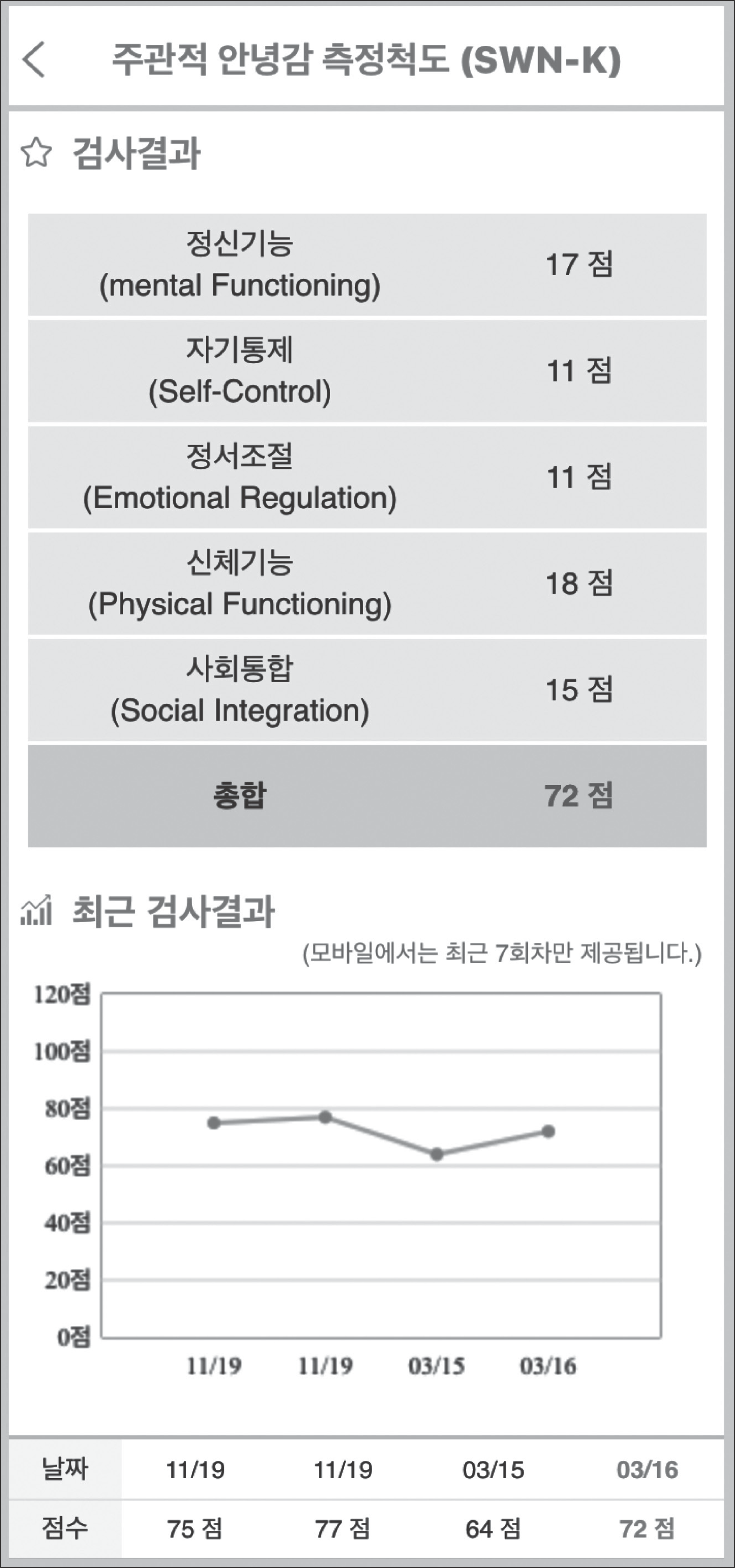
 XML Download
XML Download